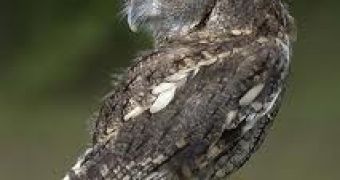A team of researchers working with the John Hopkins University now claim that they have succeeded in unraveling a decades-long mystery: how it is exactly that owls can almost completely rotate their heads without ever hurting themselves.
For those unaware, these amazing birds have the ability of turning their heads by as much as 270 degrees in either direction.
Should any other animal attempt to do so, odds are it would experience both damage to the rather thin blood vessels located in its neck and in its head, and a serious cut off of blood supply to its brain.
As explained on Newswise, the scientists who embarked on this research project made use of angiographies, CT scans and medical illustrations in order to look into the anatomical make-up of ten owls.
In the end, they have reached the conclusion that these birds display several major biological adaptations which allow them to perform said “trick” without harming themselves in the process.
These adaptations are all linked to the owls' bone structure and to their vascular system.
Thus, it looks like, in the case of owls, the arteries in charge of carrying blood to the brain have significantly more space to move about than they do in the case of other animals, which basically means that the birds can afford to twist and bend them as they see fit without being injured.
Furthermore, it looks like an owl's vertebral artery enters the neck at a higher point than it does in the case of other birds species.
Other adaptations have to do with how the blood vessels located in these birds' neck and head communicate with one another.
“Until now, brain imaging specialists like me who deal with human injuries caused by trauma to arteries in the head and neck have always been puzzled as to why rapid, twisting head movements did not leave thousands of owls lying dead on the forest floor from stroke,” commented with respect to this study Philippe Gailloud, M.D.
The findings of this research are to be published in the February 1 issue of the journal Science.

 14 DAY TRIAL //
14 DAY TRIAL //